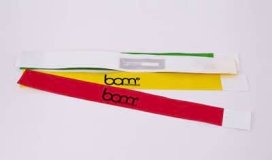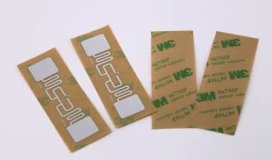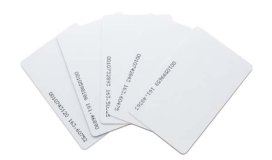Radio Frequency Identification or RFID as it is better known is a wireless application of electromagnetic fields so as to facilitate data transfer through tags. These RFID tags carry information that is electronically stored in them and are attached to textiles in order to track and identify them automatically. RFID system is comprised of tags which carry a reader, data and its associated antenna.
These are easy to apply and track; that’s why textile industries, apparels and laundry business uses RFID. The main challenges were:
Durability of RFID laundry tag
Attachment of tags
Memory
Reading range
RFID based laundry managing system that offers a brilliant solution to trace customer’s clothes during its cycle starting from its arrival in laundry to its dispatch. The RFID laundry tags are attached to clothes and can be read as soon as clothes enter the facility. Once those unique tag IDs of clothes are acquired, their application software updates database with linked information about each and every piece of clothing and also creates a report at every stage.
It can even read multiple tags simultaneously and because of this there can be no chance of counterfeit due to unique tag IDs for each tag. This is what forms the basis of the enormous improvement in the accuracy and efficiency of laundry management.
It has some features and benefits of using an RFID laundry tag:
Privacy and dignity: The use of discreet button replaces the requirement of clearly labeled clothing.
Foolproof management: These tags make sure that the clothing is returned to the rightful customer only.
Saves time: Staff members do not have to waste time searching for the lost items, search correct customer of unidentifiable items or track the correct customers.
So RFID technology aids to reduce time spent in searching for the lost receipts which have information stored for every clothing item.



